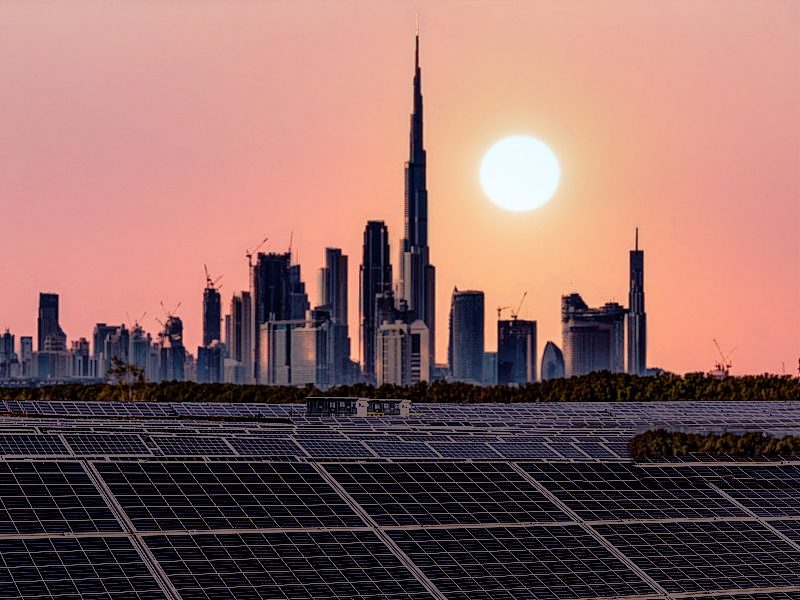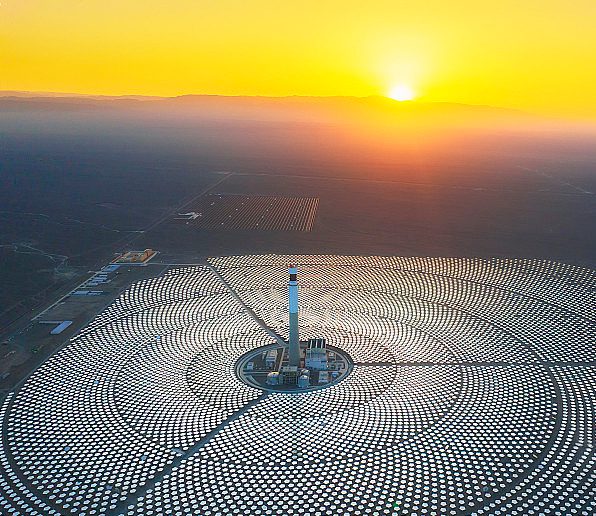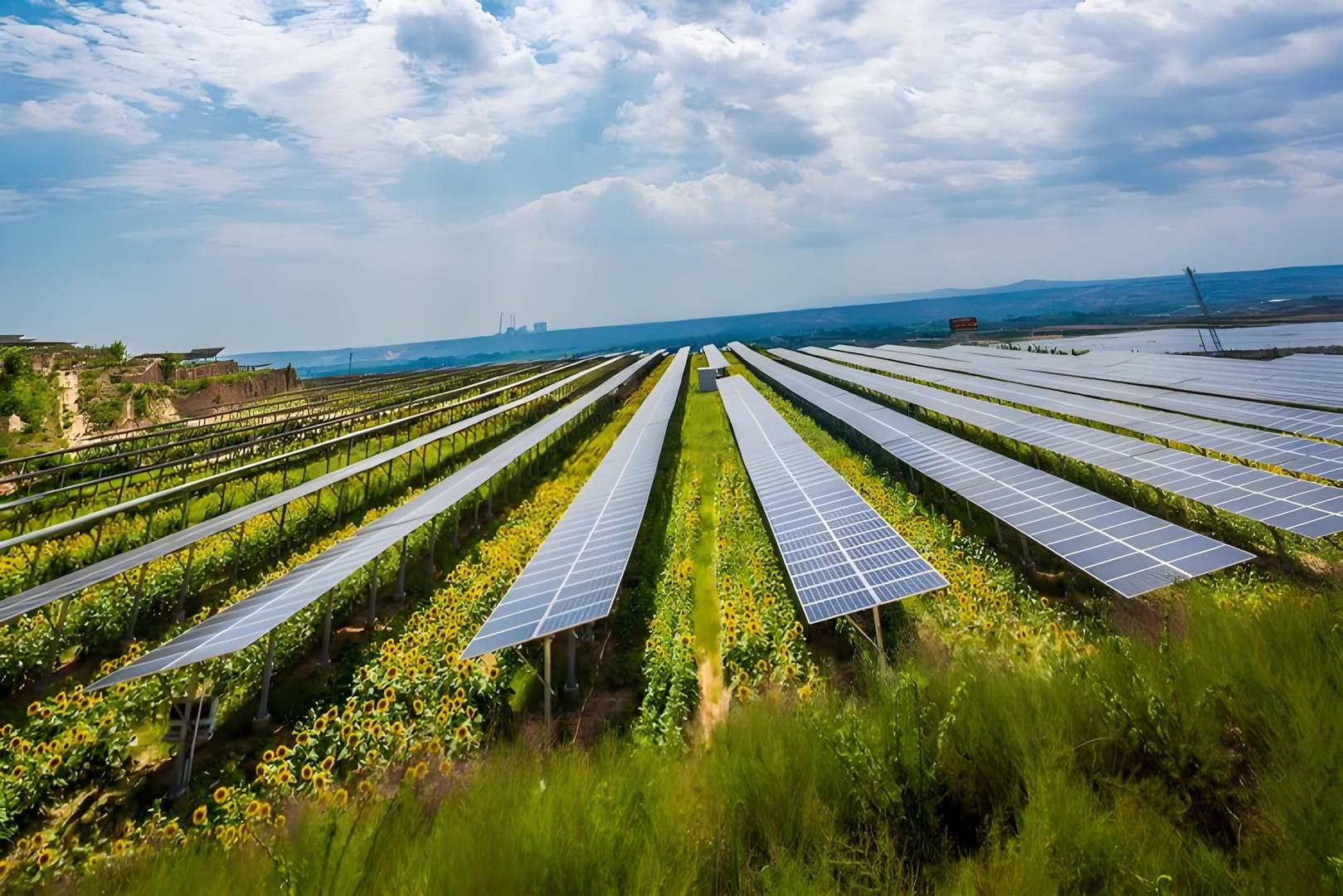
Centralized
Centralized
The centralized photovoltaic storage system achieves the three in one function of “power generation+peak shaving+backup” by combining large-scale photovoltaic arrays (starting from 50MW) with energy storage stations (usually configured at 15% -30% of the installed photovoltaic capacity). The system consists of photovoltaic modules, PCS converters, energy storage batteries (mainly lithium iron phosphate), energy management systems (EMS), and boosting stations, supporting grid connected/off grid dual-mode operation.
Target Customers
grid operators, cross regional transmission nodes, large-scale wind and solar bases, high energy consuming industrial parks, mining/port clusters;

Project Planning and Design
– Scope: Site assessment, system design, and project configuration.
– Goal: To ensure a well-structured and efficient design for optimal performance.

Engineering Services
– Scope: Commissioning guidance, on-site services, and grid-related modifications.
– Goal: To deliver the project with high quality and efficiency.
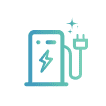
Maintenance Services
– Scope: 24/7 online support, technical assistance, and spare parts service.
– Goal: To ensure prompt responses and long-term operational reliability.

Training Services
– Scope: Technical training, emergency drills, and systematic assessment and certification.
– Goal: To standardize safe production and operations, and support talent development.
Economy
If the LCOE is less than 0.25 yuan/kWh, the energy storage system can increase the IRR to 8% -12% through peak valley arbitrage.
Grid friendly
Provides ± 10% power rapid adjustment capability to alleviate the pressure of new energy consumption.
Land intensification
By using high-density supports and tracking systems, the unit MW of land is reduced by 20%.
Policy dividend
Enjoy dual benefits of renewable energy subsidies and energy storage capacity leasing.
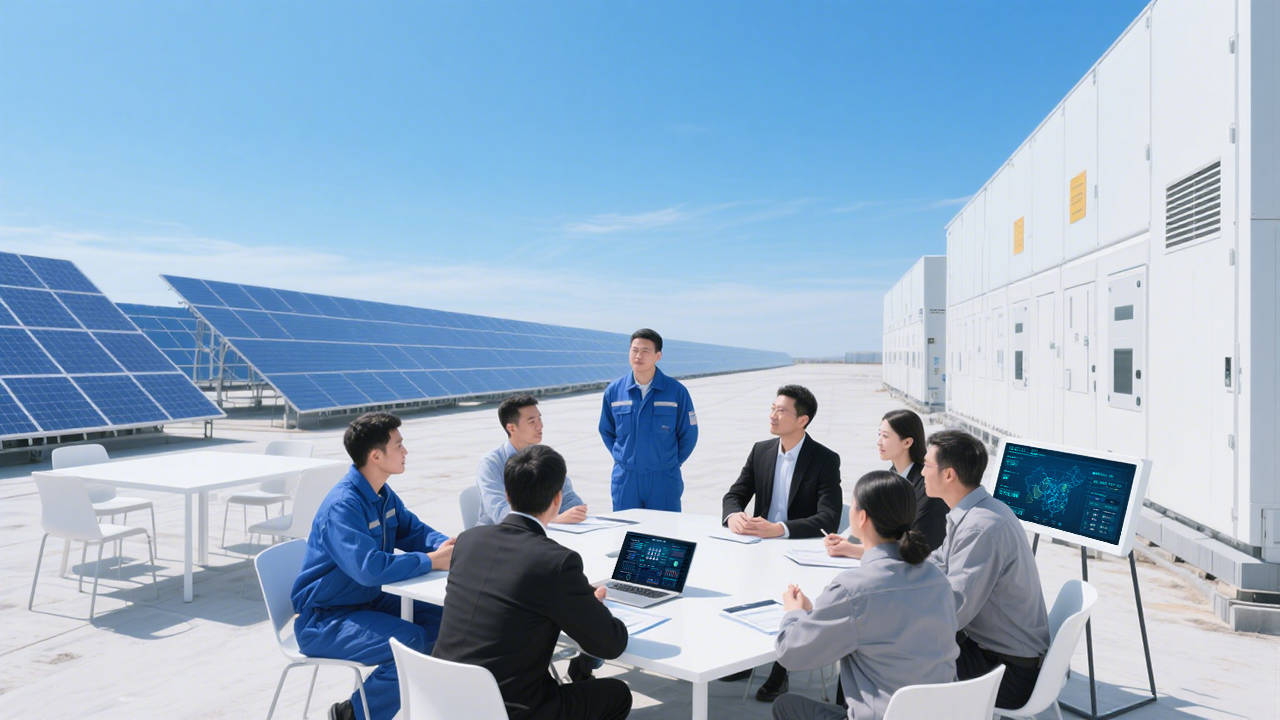
Collaboration mode
EPC general contracting mode: providing integrated services of “design procurement construction”, covering power station site selection evaluation, system capacity configuration optimization, power grid access scheme design, etc. Advantages: Zero technical barriers for homeowners, risk transfer throughout the entire process.
Energy management cooperation: Adopting a “construction+operation” sharing model, we bear the initial investment and recover costs through the sharing of power generation revenue (such as an 80:20 sharing ratio). Applicable scenarios: Industrial and commercial parks, large-scale infrastructure projects.
Financial leasing model: Joint financial institutions provide equipment financing services, and owners repay equipment payments in installments based on power generation, with property rights transferred upon expiration.
Pre sales, implementation, and after-sales full cycle service
Pre sales: Requirement diagnosis: Conduct site selection evaluation through drone mapping and shadow analysis software. Scheme design: Provide 3 sets of differentiated configuration schemes (such as 1C/0.5C battery system selection). Economic verification: Use PVsyst simulation to produce a 20-year attenuation prediction report.
Implementation: Construction management: adopting modular construction (photovoltaic array → PCS cabin → energy storage container), grid connection service: including power quality inspection, protection value calculation, dispatch agreement signing, system debugging: completing 72 hours of continuous charging and discharging test+grid related characteristic test.
After sales: intelligent operation and maintenance: deployment of AI warning platform (component PID repair reminder, battery SOH monitoring, performance guarantee: providing 98% availability commitment for the first year+0.8% annual attenuation compensation clause, value-added service: electricity market trading agent (participating in peak shaving auxiliary service quotation).
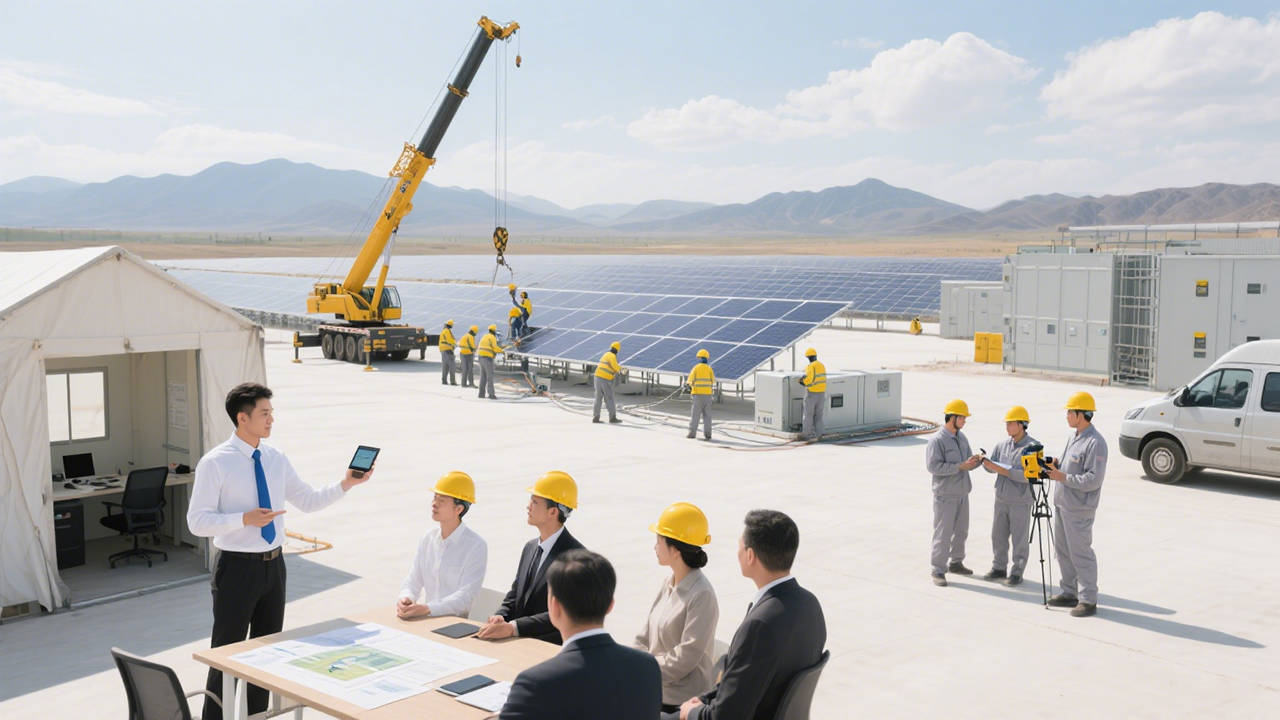

























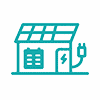








.png) PV-Storage-Charging
PV-Storage-Charging-1.png) High & Low Voltage Switchgear
High & Low Voltage Switchgear Company Profile
Company Profile News Information
News Information Service Support
Service Support Cloud Platform Customized Development
Cloud Platform Customized Development Leisheng Charging International Platform
Leisheng Charging International Platform Leisn Home Charging Platform
Leisn Home Charging Platform

